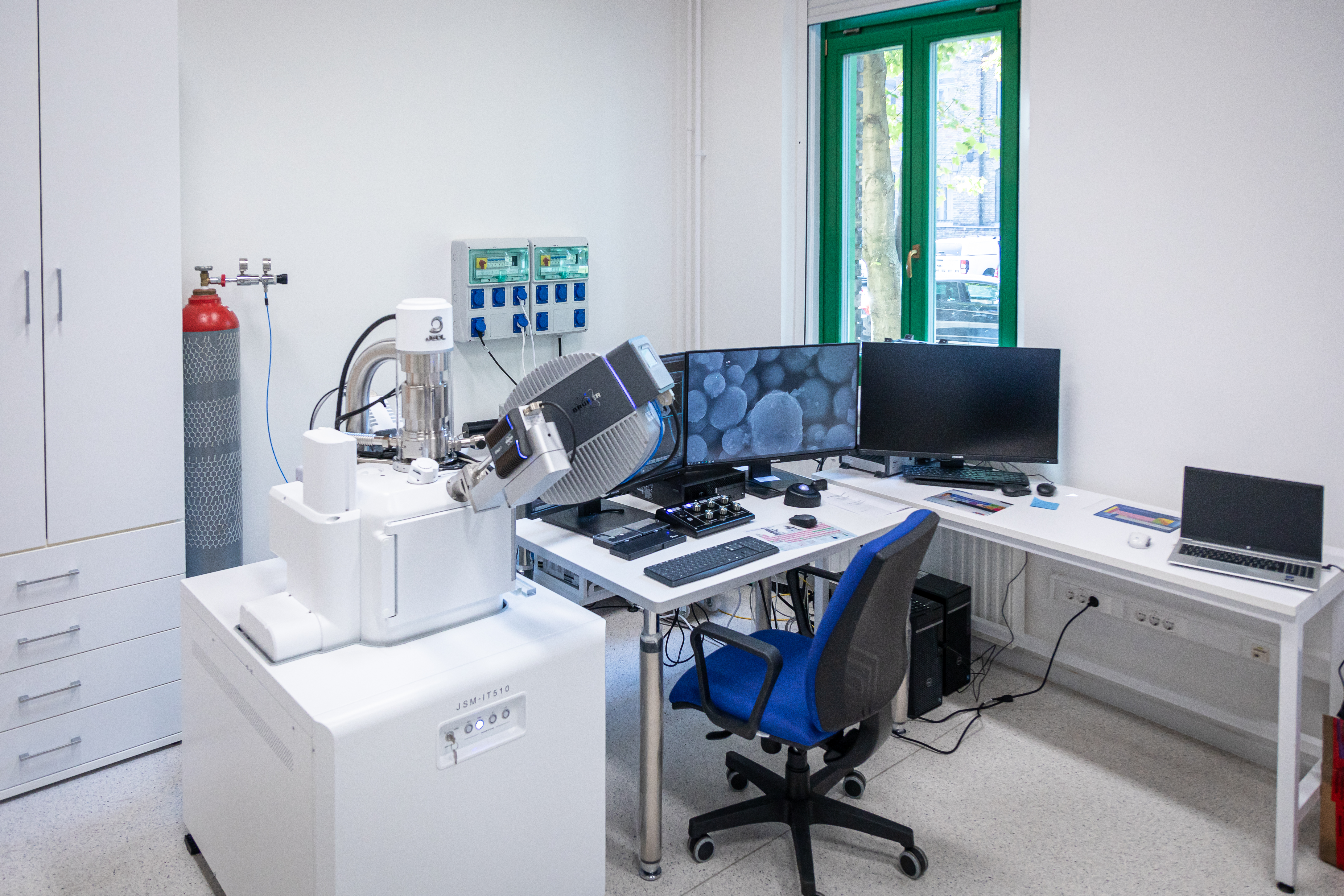Service: Hungarian National Museum Archaeometry Laboratory
Platforms
Fixlab
Techniques
3d digital microscopy
Fourier transform infrared spectroscopy
Micro x-ray fluorescence mapping (μxrf)
Micro-raman spectroscopy
Scanning electron microscopy with thermionic emission gun (sem)

Organization
Service contact persons
Attila Kreiter
The Archaeometry Laboratory of the Hungarian National Museum specializes in the analysis of museum artifacts, particularly archaeological and historical objects. The services provided by the laboratory are unique, as it has been collecting archaeological and historical archaeometric data for nearly 20 years. Its largest collection consists of archaeological ceramic data, spanning from the Neolithic to the Middle Ages.
The laboratory is equipped to analyze a wide range of materials, including ceramics, stones, artificial building materials (e.g., bricks, mortar, plaster), glass objects, metals, paints, enamel, glaze, and organic materials such as archaeological textiles and dyes. It also investigates biological remains (e.g., bones) and various organic residues, such as bitumen-like materials (beeswax, tar, pitch) used as adhesives in tool manufacturing and repair (e.g., axes, knives, arrowheads), as well as food residues.
Both destructive and non-destructive techniques are employed by the laboratory. These methods enable detailed material composition analyses. The resulting data are used to reconstruct how the analyzed objects were made, identify the types of raw materials used, and determine the possible provenance of these materials.
The laboratory is fully equipped to analyse ceramics, stones, artificial building materials (brick, mortar, plaster), glass objects, metals, paints, enamel, glaze, organic materials, such as archaeological textiles and dyeing materials, biological remains (e.g. bones), and various organic residues e.g. bitumen-like materials (beeswax, tar, pitch) used as adhesives in the manufacture and repair of tools (e.g. axes, knives, arrowheads), food residues etc.
The laboratory provides both destructive and non‐destructive techniques.
The following methods and techniques are provided to analyse a wide range of objects, raw materials and archaeological features:
- Petrography
- Heavy mineral analysis
- Micromorphology
- 3D microscopy
- Scanning electron microscopy with energy dispersive and wavelength dispersive X-ray spectroscopy, and cathodoluminescence spectroscopy (SEM-EDS/WDS/CL)
- Fourier transform infrared spectroscopy (FT-IR)
- Micro-X-ray fluorescence spectroscopy
- Portable X-ray fluorescence spectroscopy
- Micro-Raman spectroscopy
- X-ray
Fields of application
Archaeological conservation
Archaeology
Archaeometallurgy
Archaeometry
Art history
Experimental archaeology
Heritage science (cultural heritage discipline)
Industrial archaeology
Materials science
Public archaeology
Urban archaeology
Methods
- Material composition analysis and phase analysis with micro-XRF
- Granulometric and phase analysis with micro-XRF (Bruker AMICS sofware)
- Material composition and phase analysis with SEM-EDS
- Raman microspectroscopy
- FTIR spectroscopy
- Material composition and phase analysis with SEM-WDS
- Material composition and phase analysis with SEM-CL
- Granulometric and phase analysis with SEM

